Growing minds through growing oysters
Simon Costanzo ·In late October 2014, I travelled to New York City to represent IAN at the media launch of a new National Science Foundation (NSF) project based in New York Harbor and led by PACE University. It’s a pretty big deal to receive major funding from the NSF and this is the first NSF project that I have been involved in. For it to be based in one of the most famous cities in the world is an added bonus. The project is a major extension of the work conducted by the Billion Oyster Project in New York Harbor.
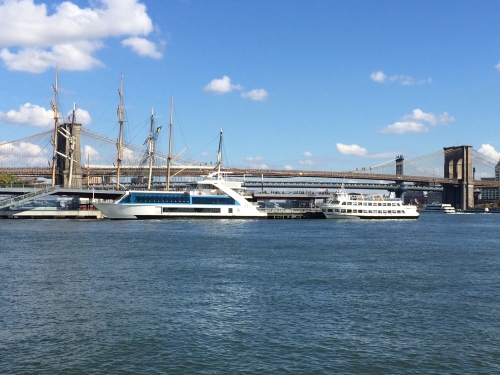
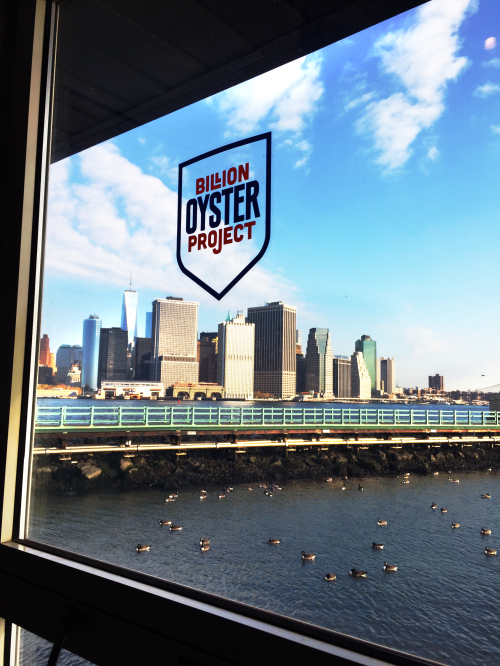
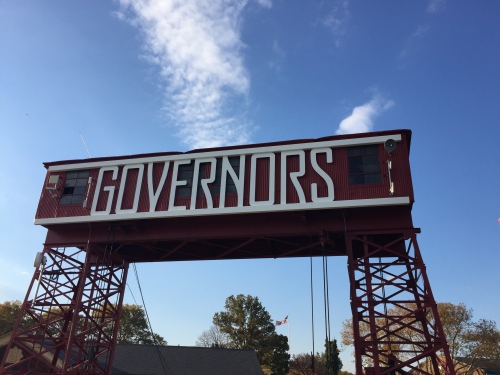
The Billion Oyster Project (BOP), based at the Harbor School on Governors Island, has a goal to restore one billion live oysters to New York Harbor over the next twenty years. A significant part of this restoration effort is educating thousands of young people, through restoration, about the ecology and economy of their local marine environment.
The new NSF project, titled “Curriculum and Community Enterprise for New York Harbor Restoration in New York City Public Schools”, dovetails well with BOP’s mission and resources by developing: an accredited math and science teacher training program at Pace University; an interdisciplinary Harbor Literacy and marine STEM-C curriculum for NYC public schools; and afterschool STEM mentoring through the New York Academy of Sciences, Museum and Aquarium.
Prior to the media event, I visited Governors Island and saw first hand the excellent work the BOP team is doing under the supervision of Murray Fisher, Pete Malinowski and Sam Janis - all under the backdrop of the Manhattan skyline. I got to zip around the island in a golf buggy and see some of the island's original fortifications, Fort Jay and Castle Williams, that were built between 1796 and 1811 to protect New York City from naval attack.
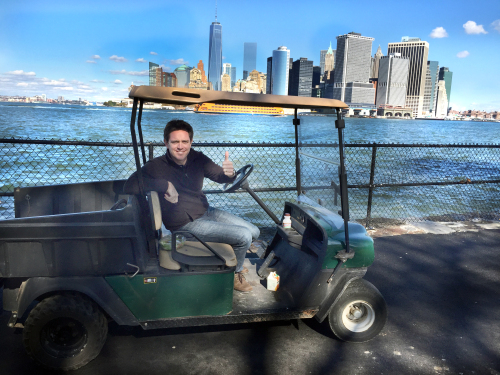
IAN's role in the project is to develop a state of the art digital platform that will provide a portal for students and teachers to access and analyze real time water quality data, view progress of restoration efforts via underwater cameras, and access the newly developed curriculum. Team members involved in the project include Simon Costanzo, Adrian Jones, Tracey Saxby, Bill Dennison and Judy O'Neil.
About the author
Simon Costanzo
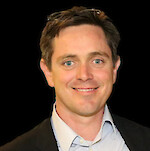
Dr. Simon Costanzo is a Science Integrator at the University of Maryland Center for Environmental Science in Cambridge MD. Simon’s career in environmental science over the past 20 years has been focused on developing and improving methods for the assessment, monitoring and management of aquatic, marine and terrestrial ecosystems. Simon has extensive experience in scientific data collection, synthesis, interpretation and communication. Simon’s career has provided a unique insight to a wide range of disciplines and stakeholder groups including government, academia and private industry. Dr. Costanzo obtained his academic training from University of Queensland in Australia (PhD).

